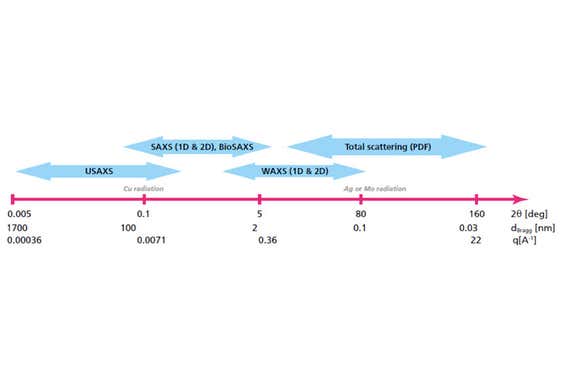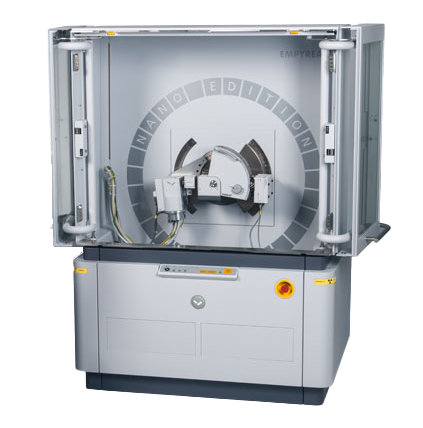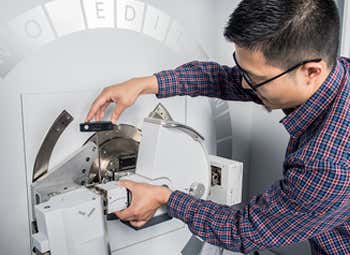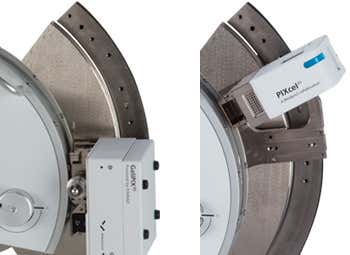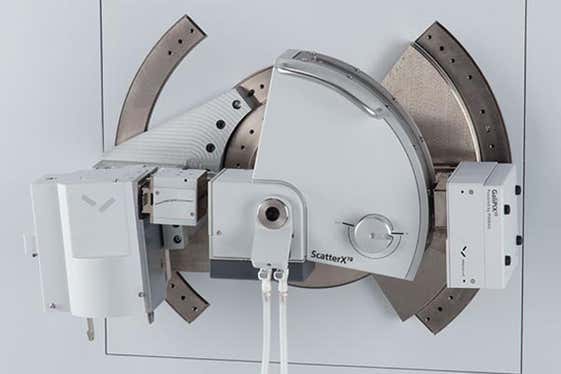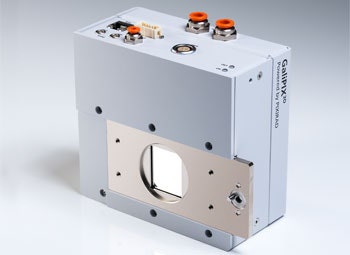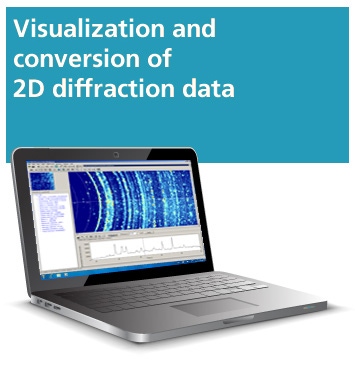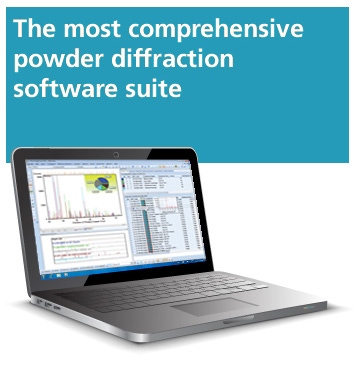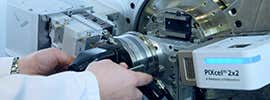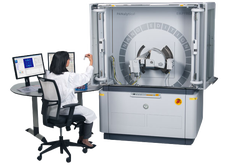Small-angle X-ray scattering applied to dilute protein solutions has become an accepted and rapidly growing structural biology technique. It provides information e.g. about the overall protein size and shape, folding and unfolding, aggregation behavior, stability and molecular weight.
Measurements can be done under near native conditions, and under variation of e.g. protein concentration, pH, ionic strength or temperature. SAXS ultimately also allows for a low-resolution molecular shape envelope reconstruction and thus delivers information that is complementary to that obtained from single crystal XRD or NMR.
Malvern Panalytical's EasySAXS software is available for basic bio-SAXS data analysis. Data can be exported in a format that is compatible with the EMBL ATSAS software, which can be used for 3D protein shape reconstruction and other advanced tasks.
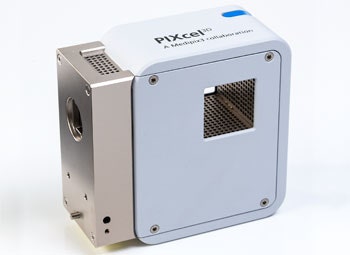

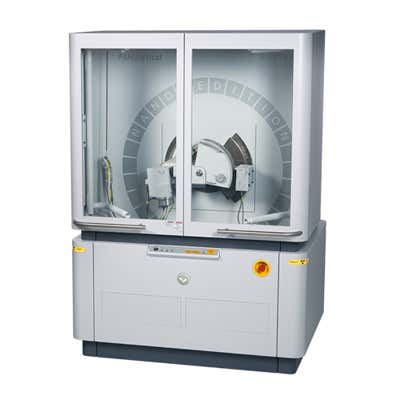

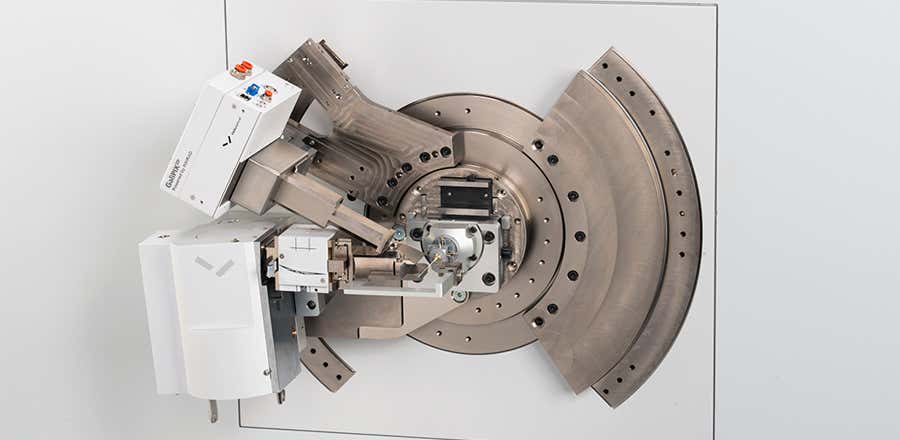
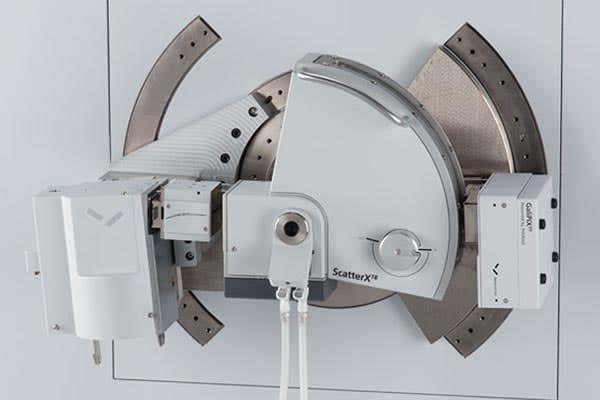

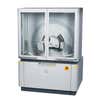




 Works with
Works with 
